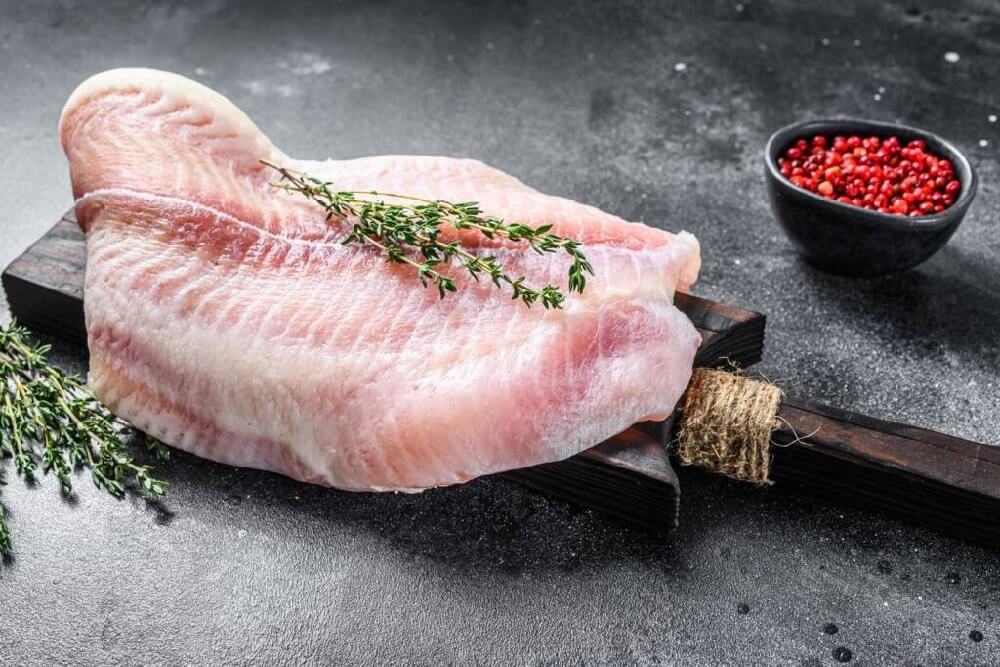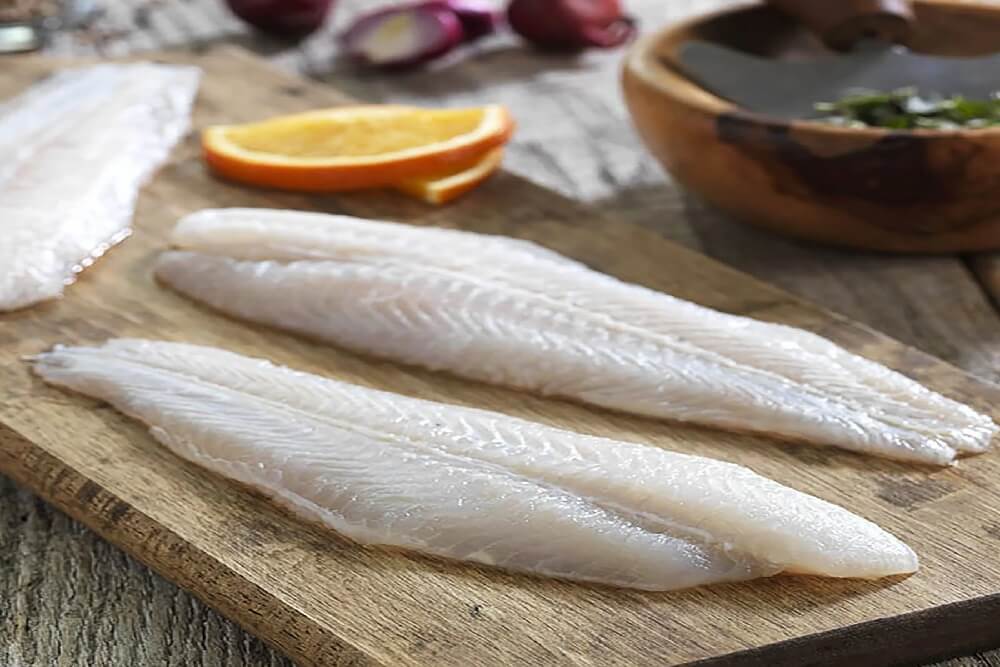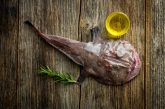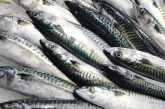
Swai fish, a popular choice among seafood enthusiasts, is gaining recognition for its versatility and mild flavor. But what exactly is swai fish? Originating from Southeast Asia, particularly Vietnam, swai is a type of catfish known for its tender texture and subtle taste. This makes it an ideal canvas for a variety of culinary creations.
When considering dietary choices, many wonder, “Is Swai Fish Safe to Eat?” The answer lies in understanding the source and quality of the fish. Reputable suppliers adhere to stringent safety standards to ensure that swai fish is safe for consumption. It’s important to choose products from trusted sources to enjoy this seafood option with peace of mind.
The benefits of swai fish extend beyond its delightful flavor profile. It is relatively low in calories while providing a good amount of protein, making it an excellent option for those seeking nutritious meals without compromising on taste. Additionally, swai offers essential nutrients such as omega-3 fatty acids that contribute to overall health.
Culinary uses of swai fish are vast due to its adaptability in various recipes. Whether grilled, baked, or sautéed, this fish absorbs flavors well and pairs beautifully with herbs and spices. Its mild nature allows it to be incorporated into dishes ranging from Asian-inspired stir-fries to classic Western preparations.
As one explores popular seafood options available today, swai stands out not only for its affordability but also for the ease with which it can be prepared at home or enjoyed in restaurants worldwide. Its growing popularity attests to its appeal among chefs and home cooks alike who appreciate both taste and versatility in their culinary endeavors.
Nutritional Profile of Swai Fish

Swai fish, a popular choice among seafood enthusiasts, offers a distinctive nutritional profile that makes it an appealing option for those seeking healthy meal alternatives. Understanding the swai fish nutrition facts can help you make informed dietary decisions. A typical serving of swai fish, which is about 3.5 ounces (100 grams), contains approximately 90 calories, making it a low-calorie choice suitable for those monitoring their caloric intake.
One of the most notable aspects of swai fish is its protein content. With around 15 grams of protein per serving, swai provides a substantial amount of this essential nutrient, which is crucial for muscle maintenance and repair. This makes it an excellent addition to diets focused on building or maintaining lean muscle mass.
In addition to being low in calories and high in protein, swai fish is also relatively low in fat compared to other seafood options. This characteristic contributes to its reputation as one of the healthy seafood choices available on the market today. However, it’s important to note that while swai offers several nutritional benefits, like any food item, it should be consumed as part of a balanced diet to ensure optimal health outcomes.
When considering adding swai fish to your diet, it’s useful to explore diverse recipes and preparation methods that enhance its flavor while preserving its nutritional integrity. Whether grilled, baked, or sautéed with your favorite herbs and spices, swai can be a versatile component in creating nutritious meals that satisfy both taste and dietary needs.
The Safety Concerns Surrounding Swai Fish Consumption
Swai fish, a popular choice in many households due to its affordability and mild taste, has sparked discussions regarding its safety for consumption. The primary safety concerns surrounding swai fish often relate to the conditions in which it is farmed and the potential presence of contaminants. Swai is primarily imported from Southeast Asia, where aquaculture practices may not always align with stringent seafood safety standards found elsewhere.
One of the main issues is the possibility of contaminants in swai fish. These can include pollutants from water sources or residues from antibiotics used to prevent disease in densely populated fish farms. Such factors raise questions about whether it is safe to eat swai, especially when compared to other types of seafood that might be subject to more rigorous oversight.
To ensure consumer safety, it’s crucial for regulatory bodies and consumers alike to advocate for improved farming practices and stricter import regulations. By doing so, we can help ensure that swai fish meets acceptable seafood safety standards before it reaches our plates. As a consumer, staying informed about these concerns allows you to make better choices regarding your health and dietary preferences.
Sourcing and Environmental Impact of Swai Fish?
Swai fish, a popular choice in the seafood market, often raises questions about its sustainability and environmental impact. Originating from Southeast Asia, particularly Vietnam, swai is farmed extensively in the Mekong Delta. Understanding where swai comes from is crucial to evaluating its role as a sustainable seafood choice.
The environmental impact of farming swai largely depends on the practices employed by fish farms. In some regions, concerns have been raised about water pollution and habitat destruction due to unsustainable farming methods. However, there are efforts underway to improve these practices through better management and stricter regulations.
Choosing responsibly sourced fish involves looking for certifications that ensure environmentally friendly farming techniques. These certifications focus on reducing negative impacts such as water contamination and ensuring that swai is farmed without harming ecosystems or local communities.
For consumers aiming to make sustainable seafood choices, it’s important to research and select products that align with eco-friendly standards. By supporting responsible sourcing practices, we can contribute positively towards minimizing the environmental footprint of our seafood consumption while still enjoying the benefits of this versatile fish.
Culinary Tips for Cooking and Enjoying Swai Fish Safely
Swai fish, a popular choice for its mild flavor and affordability, can be a delightful addition to your culinary repertoire. However, ensuring its safe preparation is key to enjoying this versatile fish. Here are some essential tips for cooking and enjoying swai fish safely.
Firstly, it’s important to start with quality ingredients. When purchasing swai, look for fillets that are firm and have a fresh smell. Once you’re ready to cook, make sure you thoroughly rinse the fillets under cold water and pat them dry with paper towels.
When it comes to cooking methods, baking or grilling are excellent choices that enhance the natural flavors of swai while maintaining its nutritional benefits. To bake swai safely, preheat your oven to 375°F (190°C), season the fillets with your choice of herbs and spices, and place them on a lightly greased baking sheet. Bake for about 15-20 minutes or until the internal temperature reaches 145°F (63°C).
Grilling offers another healthy option; simply brush the fillets with olive oil and season as desired before placing them on a preheated grill over medium heat. Cook each side for approximately 4-5 minutes.
For those interested in recipes with swai fish, consider pairing it with fresh vegetables or incorporating it into dishes like tacos or stir-fries for a balanced meal. Preparing healthy meals with swai is easy when you focus on using wholesome ingredients like whole grains and leafy greens alongside your protein.
By following these cooking tips for safe consumption of swai fish, you can enjoy delicious meals while ensuring food safety standards are met.



